Party wall agreement template letter
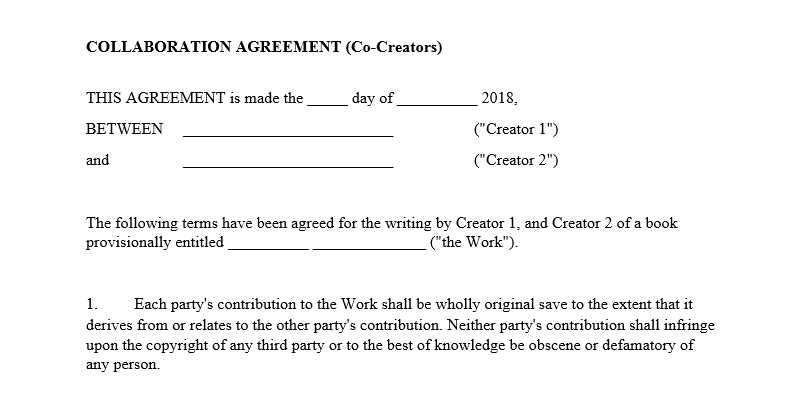
When drafting a Party Wall Agreement letter, clear communication with your neighbor is key. Ensure that the letter outlines the specific work planned, including the timeline, and references the Party Wall etc. Act 1996. This agreement helps define the responsibilities and rights of both parties involved.
Start with a polite introduction to the recipient, ensuring they understand the purpose of the letter. Specify the type of work to be done and the proposed dates. Be sure to include an offer to discuss any concerns they may have. The letter should also highlight the intention to comply with all legal requirements surrounding party walls.
It’s important to keep the tone respectful and cooperative. Using straightforward language will make it easier for both parties to understand their obligations. If you’re seeking consent, clearly ask for confirmation in writing. A professional approach helps avoid misunderstandings and ensures the project can proceed smoothly.
Party Wall Agreement Template Letter
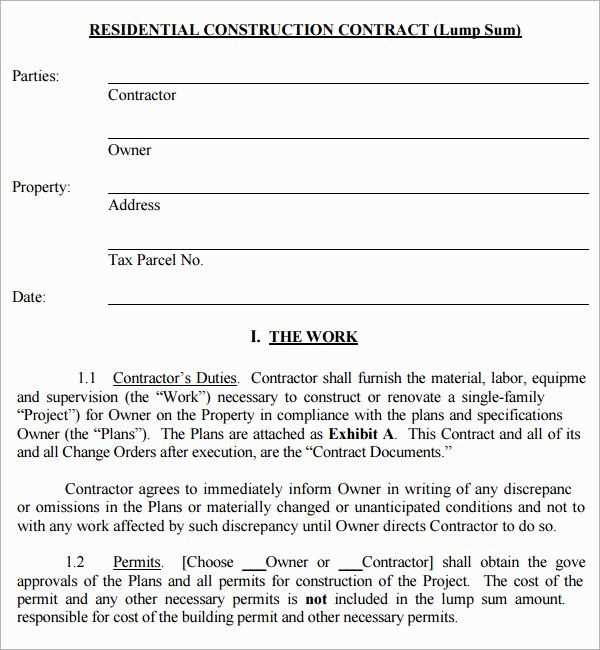
When drafting a party wall agreement letter, make sure to include the following key elements:
- Introduction: Start by addressing the recipient with a clear and formal greeting. Specify the purpose of the letter, which is to formalize the agreement related to the party wall.
- Details of the Property: Include the exact address and a description of the adjoining property that will be affected by the work. Mention the boundary and location of the wall in question.
- Planned Work: Describe the proposed work that involves the party wall. Provide specific details, such as dates and the type of construction or alterations being planned.
- Impact on the Party Wall: Outline how the planned work might affect the shared wall, including any alterations, excavation, or demolition work that will take place.
- Timeframe: Clearly state the expected start and completion dates for the project. It’s crucial that the timeframe is realistic and mutually agreed upon.
Agreement Terms
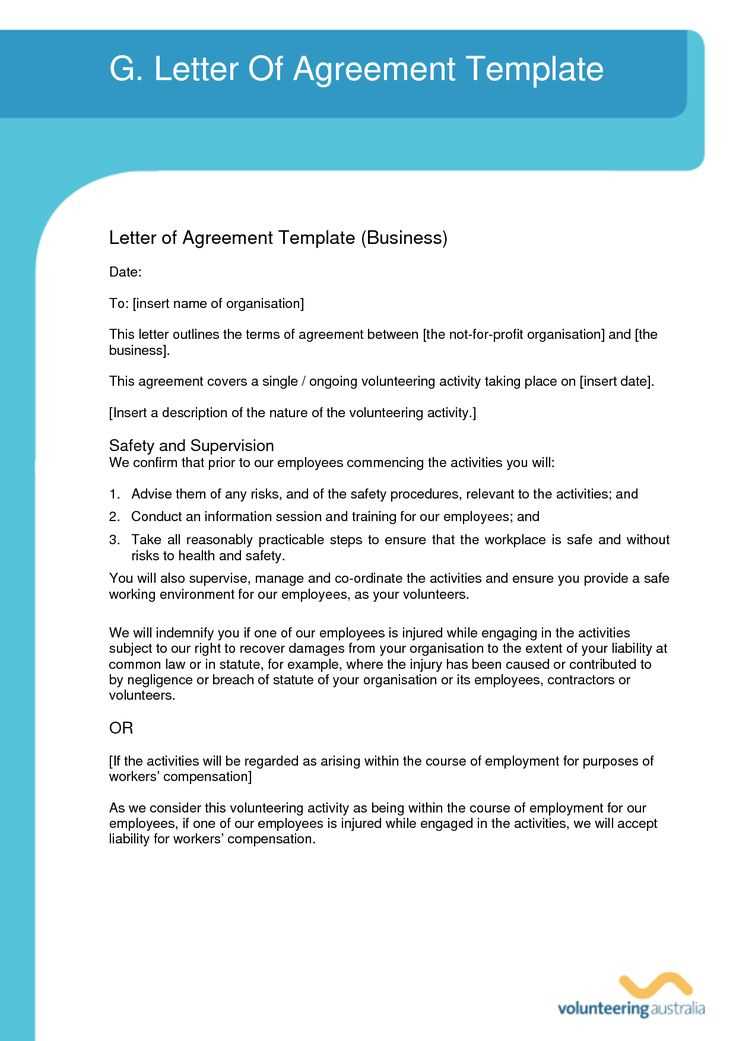
- Consent: Indicate that the recipient agrees to the proposed work and the terms outlined in the letter.
- Insurance and Safety: Ensure both parties agree on liability and safety precautions. Include details on insurance coverage for any potential damage during the work.
- Access Rights: Specify the times and conditions under which access to the shared wall is granted during construction.
Conclusion
Finish the letter by requesting a prompt reply to confirm the agreement. Encourage the recipient to contact you with any questions or if they need further clarification. Include your contact information for follow-up.
Understanding the Party Wall Act Requirements
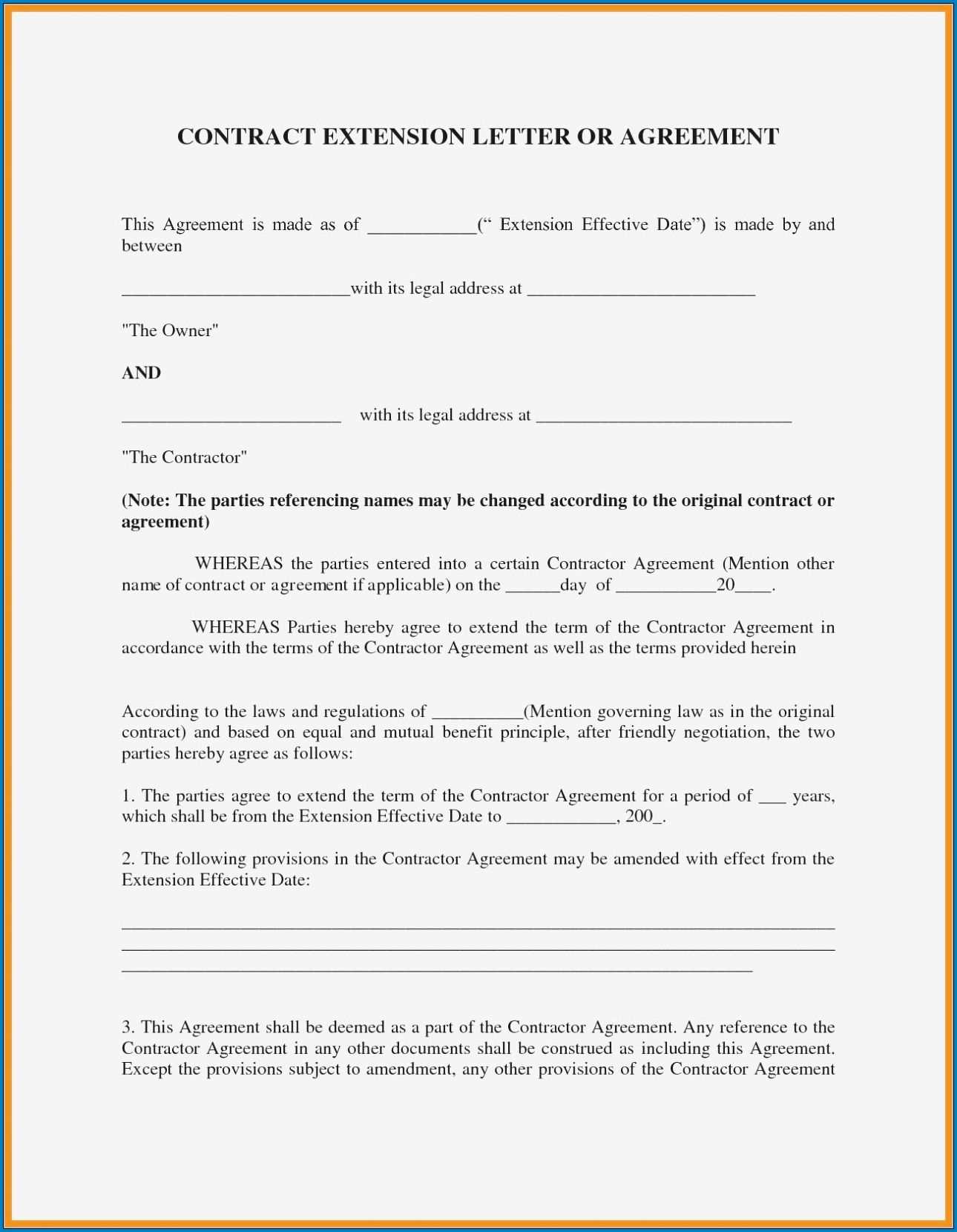
The Party Wall Act requires you to notify your neighbors if you’re planning any building work that might affect shared walls or boundaries. This applies if you intend to make alterations to a wall, floor, or ceiling that serves as a boundary between two properties. It also covers digging near the foundation of an adjoining property. The primary goal is to prevent disputes and ensure the safety and protection of all parties involved.
If you intend to carry out works under the Party Wall Act, sending a formal notice to your neighbors is a must. This notice should clearly outline the proposed work, including plans and dates. If your neighbors agree, they can sign a Party Wall Agreement. If they disagree, you may need to appoint a surveyor to help resolve the issue.
Key Points to Include in Your Notice
Make sure to provide accurate details of your plans, including the type of work, its location, and how it might impact the adjoining property. Include a timeline, as this helps your neighbors understand the scope and duration of the project. The notice should be delivered well in advance–typically at least two months before work begins. If you fail to serve the notice correctly, it may delay your project or result in legal issues.
When Is the Party Wall Act Applicable?
The Act applies if you’re working on a shared wall or structure, including altering or repairing a partition wall, digging foundations within three to six meters of your neighbor’s property, or even building a new wall along a boundary. It’s not just limited to major renovations; smaller works like adding a chimney or cutting into a wall could also trigger the Act’s requirements.
Key Components of a Party Wall Agreement Letter
The letter should begin with a clear statement of the purpose, specifying that it’s a notification for party wall work under the Party Wall Act.
Include full names and addresses of both parties, along with a description of the proposed works and the expected start and end dates. Be specific about the nature of the work, whether it’s excavation, construction, or other alterations that may affect the shared wall.
Provide details of the boundary lines involved, ensuring that both parties understand which areas are being impacted by the works. It’s important to describe any potential damage or disturbance to the shared wall, floor, or ceiling, and to highlight any precautions or measures taken to prevent issues.
Outline how both parties will manage access rights during the work. This should cover times and conditions under which access to the property may be required, as well as any restrictions or requirements for safety and scheduling.
Specify the timeline for any agreed-upon repairs or maintenance to the wall, if necessary, after the work is completed. Clarify who will be responsible for the costs and execution of these repairs.
Finally, make it clear that both parties have the right to seek advice or appoint a surveyor if disagreements arise, and include a clear sign-off with both parties’ consent to the terms outlined in the letter.
Step-by-Step Guide to Drafting the Letter
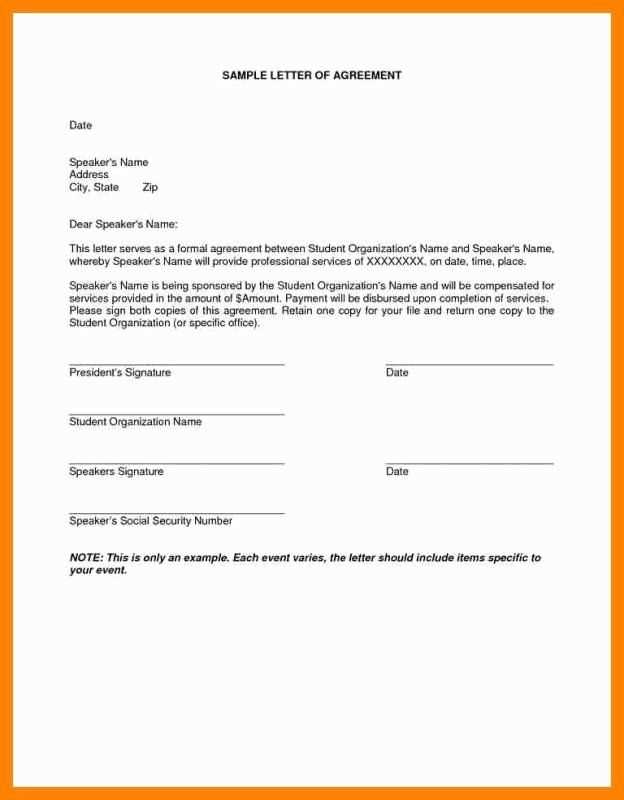
Begin by clearly stating the purpose of the letter at the top. Mention that it is a party wall agreement letter and specify the reason for the agreement.
In the next paragraph, identify the parties involved. Include the names and addresses of both property owners who are party to the agreement.
Next, describe the nature of the work being proposed. Be specific about the construction or alteration plans that require party wall consent.
Follow this by outlining the terms of the agreement. Include details like the timeline of the project, any necessary permissions, and the responsibilities of both parties.
If applicable, add a clause regarding dispute resolution. Mention how any disagreements will be handled, such as through arbitration or mediation.
Finally, request a formal response. Indicate a deadline for the other party to sign and return the agreement, and provide contact details for any questions.
| Section | Details |
|---|---|
| Purpose | State the reason for the party wall agreement. |
| Parties Involved | Names and addresses of both property owners. |
| Project Details | Specifics of the proposed construction or alteration work. |
| Terms | Outline responsibilities, timeline, and permissions. |
| Dispute Resolution | Agreement on how disputes will be resolved. |
| Response Request | Set a deadline for reply and provide contact details. |
Notifying Neighbors: Best Practices for Clear Communication
Start with a concise and direct letter. Provide the details of your project and how it will impact the shared wall. Be specific about dates, expected work hours, and any potential disruptions, like noise. This gives neighbors a clear understanding of your plans without leaving room for surprises.
Clarity and Transparency
Use clear language. Avoid legal jargon or complex terms. Instead, explain the nature of the work and how long it will take. Let them know how you will handle any issues that might arise during the project. This will reduce misunderstandings and foster trust.
Offering Contact Information
Include your contact details and encourage neighbors to reach out if they have any concerns or questions. Offer to meet in person to discuss any worries they might have. Providing an open channel for communication will help address concerns before they escalate.
Common Pitfalls and How to Avoid Them
Pay close attention to the details in the party wall agreement. Misunderstanding the responsibilities and rights of both parties can lead to costly disputes. Ensure that the terms of the agreement are clear and agreed upon by both sides.
1. Lack of Clear Communication
Miscommunication often results in misunderstandings. Make sure both parties fully understand the agreement, including timelines, construction methods, and any potential disruptions. Regularly check in with the other party to confirm everything is proceeding smoothly.
2. Ignoring Legal Requirements
Failing to meet the legal requirements for a party wall agreement can lead to delays or complications. Research local regulations and make sure all necessary permissions and notices are in place before beginning work. Consult a legal professional if you are unsure about the process.
3. Overlooking Dispute Resolution Clauses
Disputes are bound to happen. Be sure to include clear, agreed-upon procedures for resolving any conflicts that arise. Specify mediation or arbitration methods in the agreement to prevent the need for costly litigation.
4. Not Documenting Changes
Changes to the scope of work should be documented and agreed upon in writing. Any alterations to the initial plans may require an updated agreement to avoid future confusion. Keep track of all amendments and share them with the other party as soon as possible.
5. Failing to Include Specifics on Costs
Ensure that the allocation of costs is clearly outlined in the agreement. Address who will be responsible for what expenses, including any unforeseen costs that may arise during construction. Having this sorted upfront can prevent financial disagreements later.
Legal Considerations and Dispute Resolution Options
Ensure the agreement is in writing and signed by all parties involved. Clearly define responsibilities and rights regarding the wall’s construction, maintenance, and any alterations. Having an official agreement helps avoid future misunderstandings and provides a foundation for resolving any issues that arise.
Legal Framework
In many jurisdictions, a party wall agreement is governed by local laws and regulations. The Party Wall etc. Act 1996 in the UK, for example, lays out the procedures for dealing with work on shared walls. It’s crucial to follow these laws to avoid legal complications or disputes.
Dispute Resolution Options
If a dispute arises, the first step is to attempt to resolve it through negotiation. If direct communication fails, consider mediation, which involves a neutral third party facilitating a resolution. As a final option, legal action may be necessary, where the court can enforce the terms of the agreement or provide a ruling. Always consult a legal expert before taking this route to ensure that all options have been exhausted and you’re following proper legal procedures.